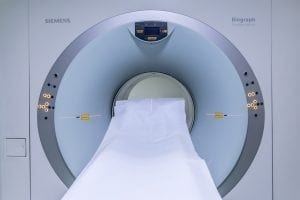In the United States, Orphan Drug designation is granted to drugs or biologics intended to treat, prevent, or diagnose rare diseases or conditions. A rare condition is one affecting fewer than 200,000 Americans. Along with this status comes a variety of incentives which include fee waivers, tax credits, increased regulatory assistance, and seven years of market exclusivity upon approval. According to a news release from biopharmaceutical company Anavex Life Sciences Corp., its product ANAVEX 2-73 (blarcamesine) recently earned Orphan Drug designation for Fragile X syndrome (FXS).
Currently, there are no FDA-approved treatments for people with FXS. Therefore, finding an effective therapeutic option could fill a huge unmet need within this patient community.
In a separate news release, Anavex describes ANAVEX 2-73 as a therapy which:
activates the sigma-1 receptor (SIGMAR1). Data suggests that activation of SIGMAR1 results in the restoration of homeostatic function within the body and is pivotal to restoring neural cell balance and the promotion of neuroplasticity.
Outside of FXS, Anavex is also developing this therapy for the following indications:
- Alzheimer’s disease
- Parkinson’s disease (and PD dementia)
- Rett syndrome
- Infantile spasms
- Angelman syndrome
- At least one other undisclosed rare condition
What is Fragile X Syndrome (FXS)?
Fragile X syndrome (FXS) is a rare genetic disorder. Although it is rare, it is also one of the most common form of inherited developmental disability and causes learning disabilities and cognitive impairment. FMR1 gene mutations on the X chromosome cause FXS. These mutations prevent the gene from properly creating the fragile X mental retardation 1 protein. Normally, this protein aids in normal nervous system function. FXS typically affects males more severely than females. Symptoms and characteristics can (but do not always) include:
- Flexible joints
- Hypotonia (low or poor muscle tone)
- Macroorchidism (large testicles)
- Sensory processing challenges
- Behavioral or social problems, such as hyperactivity, anxiety, or depression
- Learning disabilities
- Problems with speech and language
- Flat feet
- An elongated face with protruding ears, forehead, and chin
- Developmental delays
- Stuttering
- Hand flapping or biting
- Poor eye contact
- Seizures
This is not an exhaustive list of potential symptoms or characteristics.








